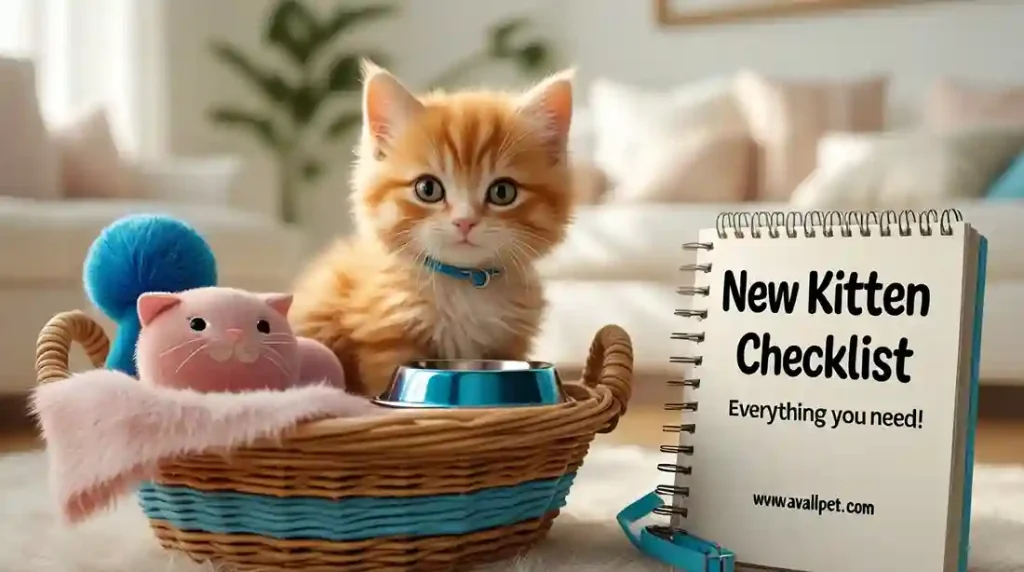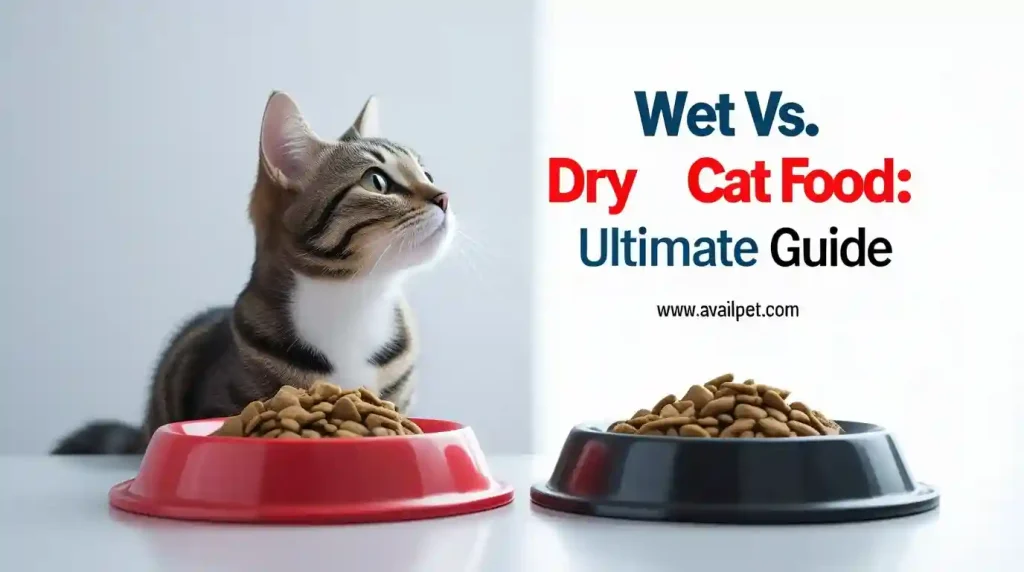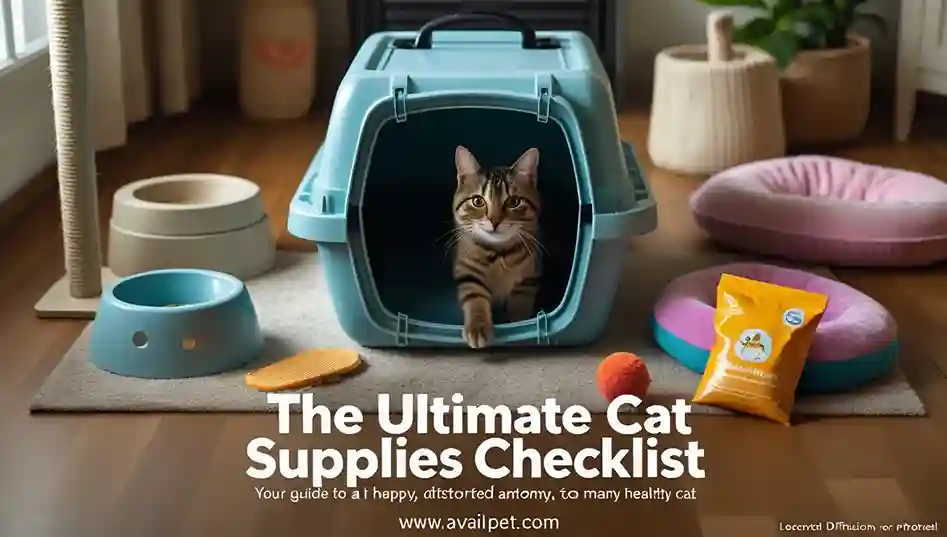It’s a scene every cat owner knows too well: one moment, your cat is sitting peacefully on the coffee table, and the next, your pen, keys, or phone goes crashing to the floor. That deliberate paw-swipe can be equal parts amusing and infuriating. But what’s really going on in your cat’s mind? This behavior, while frustrating, is a classic example of natural feline instincts at work and a key topic in our guide to Common Cat Behaviors. Let’s explore the fascinating reasons why do cats knock things off tables and what you can do about it.
The Quick Answer to Feline Gravity Tests
- It’s Instinct, Not Spite: This behavior stems from natural curiosity and prey drive, not malicious intent.
- A Call for Attention: Cats quickly learn that knocking things over gets a reaction from their favorite humans.
- Boredom is a Key Trigger: An under-stimulated cat will create its own entertainment.
- They’re Exploring Their World: The sound and movement help cats understand cause and effect.
- Manageable with Strategy: Simple environmental changes and proper enrichment can significantly reduce this behavior.
The 5 Scientific Reasons Cats Commit “Gravity Tests”
While it might seem like your cat has a personal vendetta against your possessions, this behavior is deeply rooted in their natural instincts and psychology. Here are the five scientific reasons why cats knock things off tables.
1. Predatory Instinct in Action
Your cat isn’t just knocking things over—they’re practicing their hunting skills. The swift “bat” of a paw mimics how they would disable prey in the wild. This behavior is part of the natural sequence: stalk, pounce, bat, and “kill.” Even though your keys aren’t a mouse, the movement triggers the same instinctual response.
2. The Attention-Seeking Cycle
Cats are brilliant observers of cause and effect. They quickly learn that knocking something off a table reliably gets your attention. Whether you yell, chase them, or pick up the object, they see this as interaction. This is similar to how some cats learn that constant meowing gets a response—negative attention is still attention in their eyes.
3. Boredom and Understimulation
An under-stimulated cat is a creative cat. Without adequate mental and physical enrichment, cats will invent their own entertainment. Knocking things over provides sensory stimulation—the sound of impact, the object’s movement, and your reaction all combine to create an engaging experience for a bored feline.
4. Curiosity and Cause-Effect Learning
Cats are natural scientists, and your table is their laboratory. They’re genuinely curious about what happens when objects fall. Does it make a sound? Does it break? Will it bounce? This experimentation helps them understand their environment, even if it comes at the expense of your fragile items.
5. Territorial Space Clearing
In the wild, cats clear areas to create comfortable resting spots. Your cat might be simply “tidying” their space by removing objects they don’t want there. This behavior can also be a way of marking territory through scent glands in their paws, claiming the space as their own.
What Your Cat Learns When You React
Every time you respond to this behavior, you’re teaching your cat something. The pattern is simple:
- Cat knocks object over
- Object makes noise/moves
- You react immediately
- Cat gets attention/entertainment
This creates a powerful reinforcement cycle. Even negative reactions like yelling can be rewarding for cats seeking any form of engagement. The key is breaking this cycle while providing better alternatives for their natural instincts.
Effective Management Strategies
Managing this behavior requires a combination of environmental changes and positive reinforcement. The goal is to satisfy your cat’s instincts in more appropriate ways.
Environmental Management Solutions
- Strategic Cat-Proofing
- Use museum putty or removable adhesive to secure valuable items
- Keep frequently targeted objects in drawers or closed containers
- Create “clear zones” on surfaces where your cat typically jumps
- Provide Better Alternatives
- Install window perches to give your cat an engaging viewing spot
- Set up cat trees and shelves to create approved high spaces
- Place appealing cat beds in sunny spots away from tempting tables
Behavioral Solutions
- Scheduled Interactive Play
- Use wand toys for 10-15 minutes twice daily to satisfy hunting instincts
- Incorporate puzzle feeders to provide mental stimulation
- Rotate toys regularly to maintain novelty and interest
- Positive Reinforcement Training
- Reward your cat with treats and praise when they choose appropriate surfaces
- Use clicker training to teach alternative behaviors
- Create positive associations with staying off specific surfaces
What NOT to Do
- Never punish or yell – This creates fear and damages your bond
- Avoid spray bottles – This teaches cats to fear you rather than learn desired behavior
- Don’t give attention for the unwanted behavior – even negative attention can be rewarding
- Never rub their nose in misbehavior – cats don’t understand this type of correction
When to Be Concerned
While this behavior is typically normal, consult your veterinarian if you notice:
- Sudden onset in a previously well-behaved cat
- Increased frequency or intensity of the behavior
- Signs of stress like hiding, decreased appetite, or excessive grooming
- Other behavioral changes like aggression or litter box issues
- Possible pain indicators – cats in discomfort may become more irritable
Sudden behavioral changes can sometimes indicate underlying medical issues. When in doubt, schedule a veterinary consultation to rule out health concerns like arthritis, hyperthyroidism, or other conditions that might cause irritability or discomfort.
FAQs on why do cats knock things off tables
Do cats knock things over out of spite?
No, cats don’t act out of spite. This is a myth. The behavior is driven by natural instincts like curiosity, play, and attention-seeking, not malicious intent. Cats live in the moment and don’t plan revenge.
Why does my cat look at me before knocking something over?
This is often your cat checking for your reaction. They’ve likely learned that this action gets your attention. It’s not defiance but rather a learned behavior – they’re essentially saying “watch this!” to engage you.
What are the best cat-proofing strategies?
The most effective approaches include: using museum putty to secure items, providing plenty of alternative high spaces like cat trees, keeping tempting objects in closed containers, and using deterrents like double-sided tape on surfaces temporarily.
Is this behavior more common in certain breeds?
Yes, high-energy and highly intelligent breeds like Bengals, Siamese, and Savannah cats may be more prone to this behavior due to their increased need for mental stimulation. However, any cat can exhibit this behavior if bored or under-stimulated.
Conclusion
Understanding why do cats knock things off tables transforms frustration into appreciation for your cat’s natural instincts. While the behavior can be challenging, it’s a normal part of feline curiosity and intelligence. By providing appropriate outlets for their energy and using positive management strategies, you can maintain both your possessions and a happy relationship with your curious companion.
This fascinating behavior is just one piece of understanding your cat’s complex world. Discover more about their unique behaviors in our guides to the energetic bursts of cat zoomies or the mysterious hunting presents in why cats bring dead animals.
Sources
- American Association of Feline Practitioners (AAFP). (2022). Feline Behavior Guidelines.
- Landsberg, G., Hunthausen, W., & Ackerman, L. (2013). Handbook of Behavior Problems of the Dog and Cat (2nd ed.). Elsevier.
- International Cat Care. (2023). Vocalisation – when is it a problem?
- Cornell Feline Health Center. (2022). Feline Hyperthyroidism.






